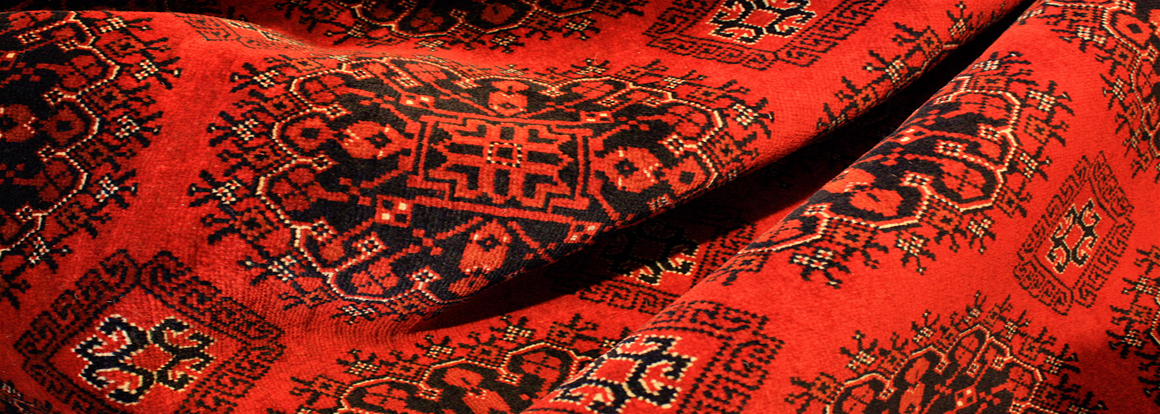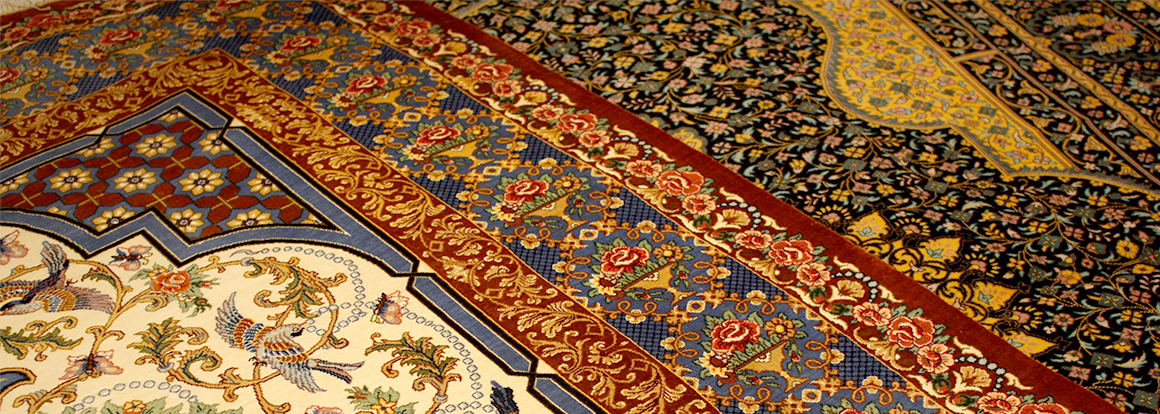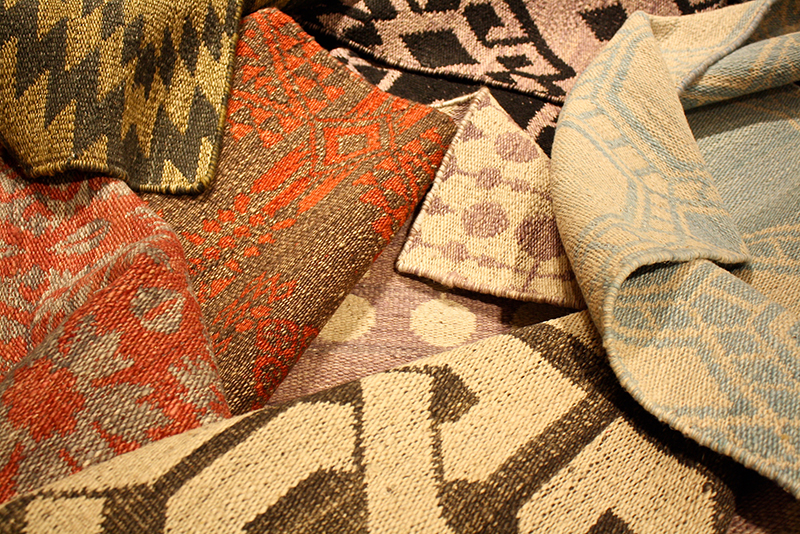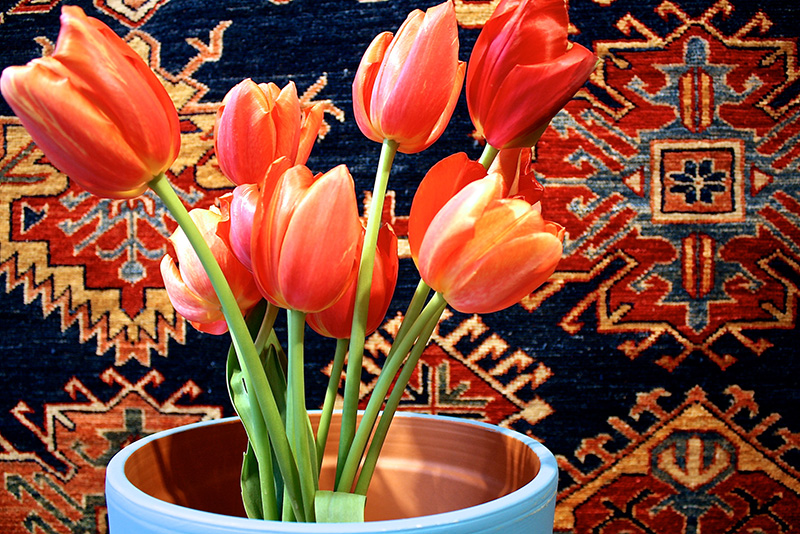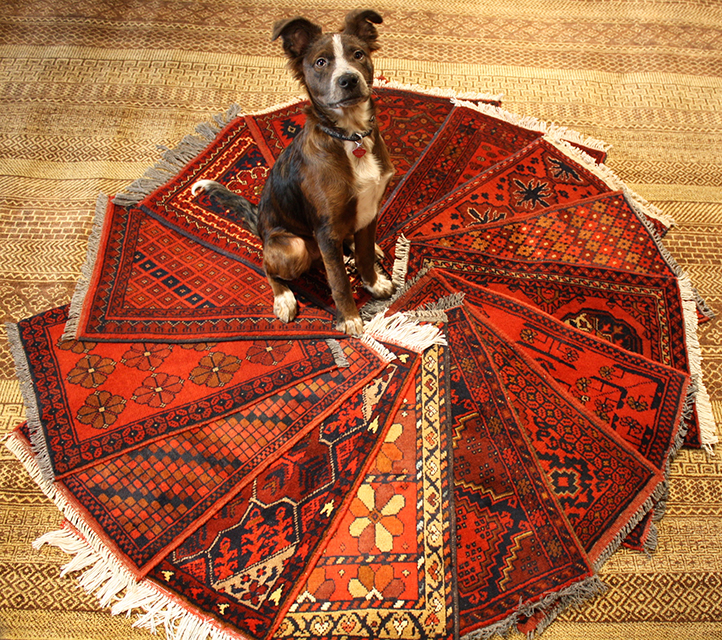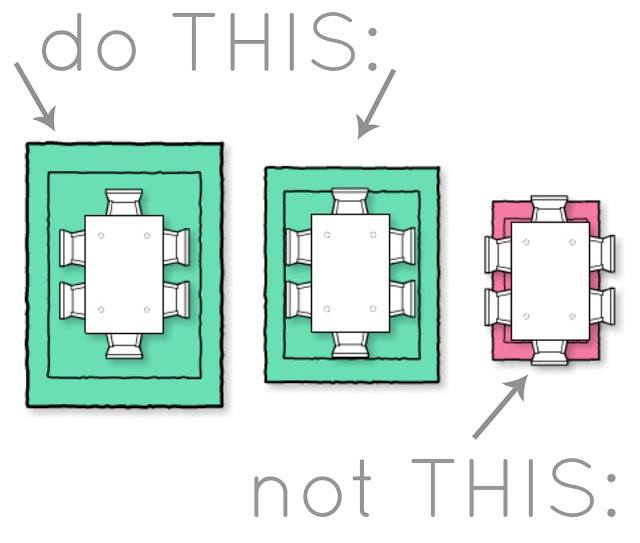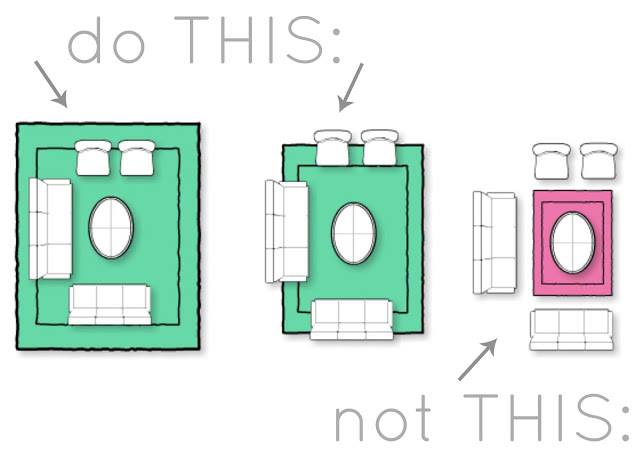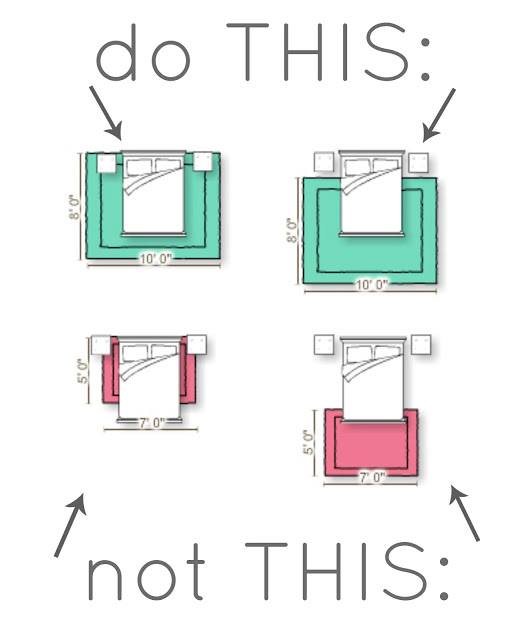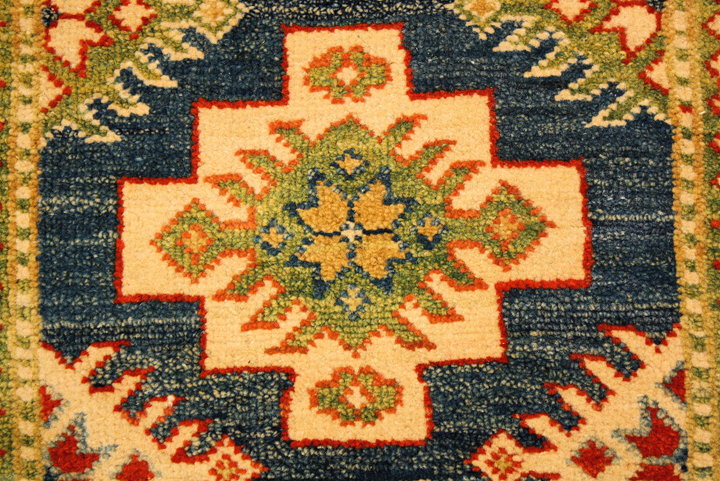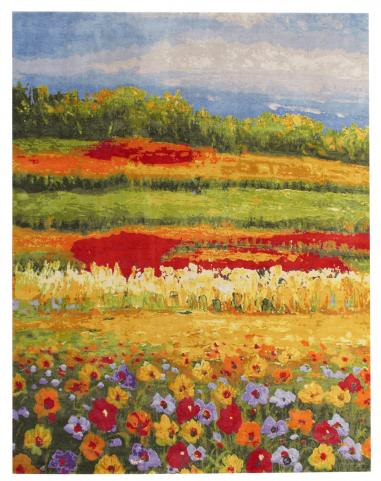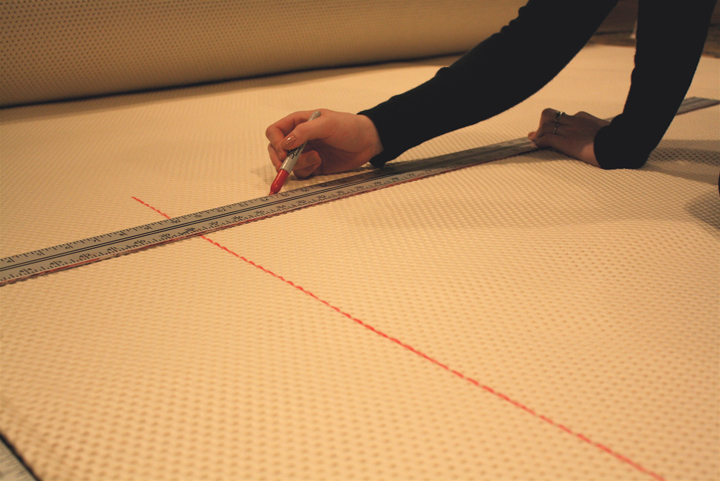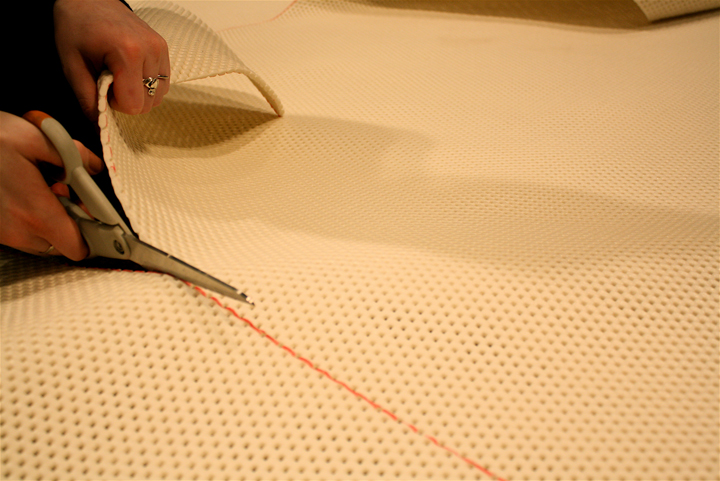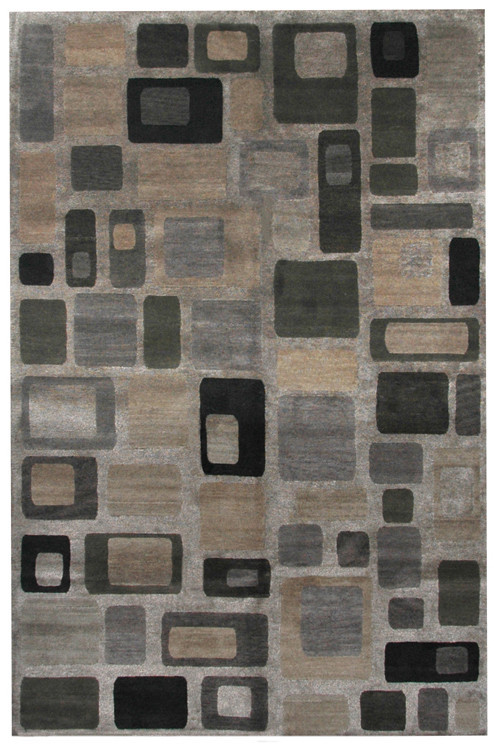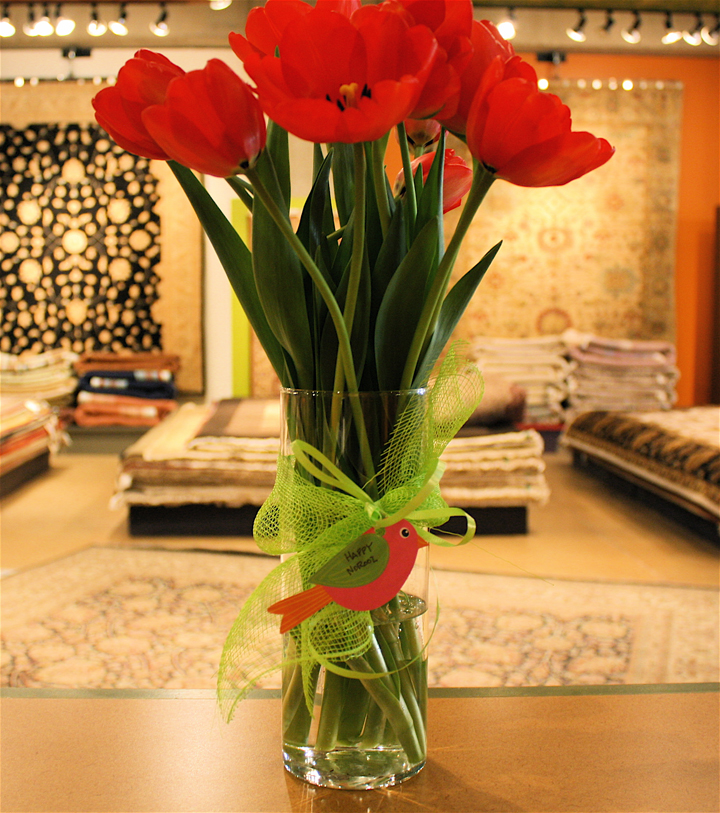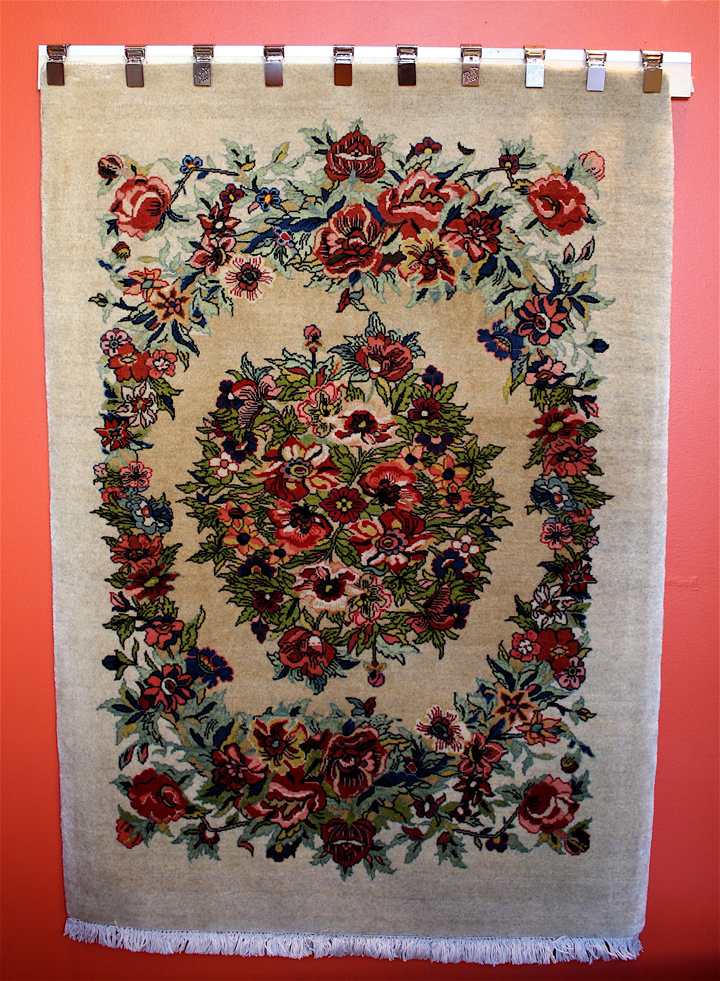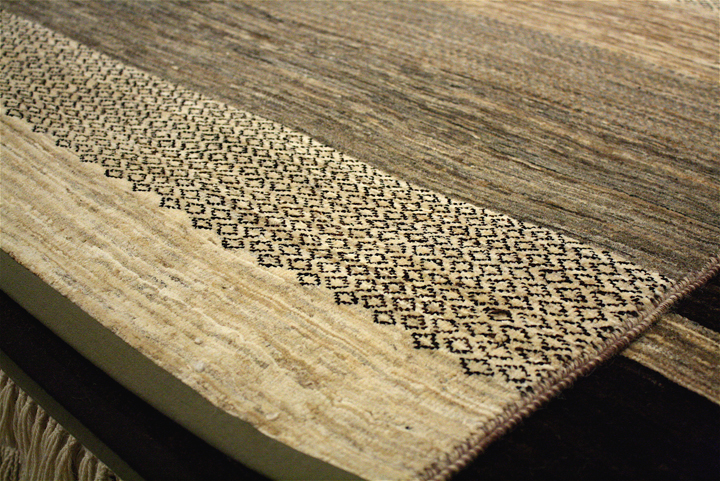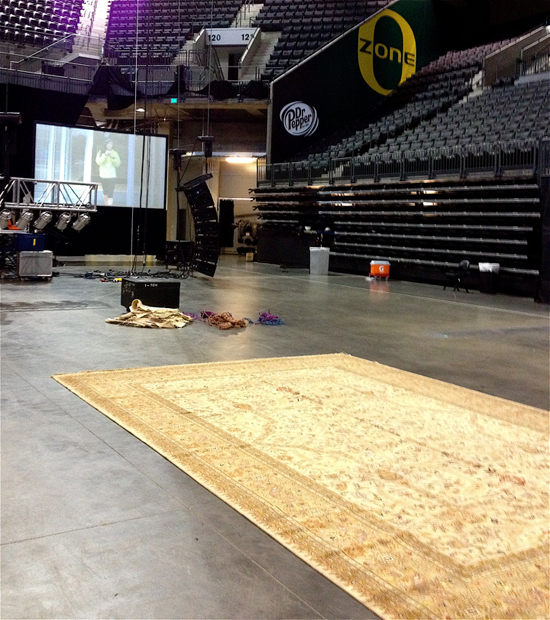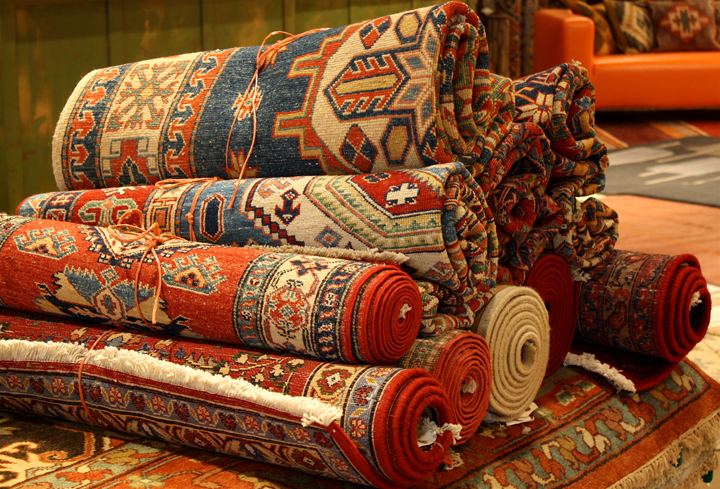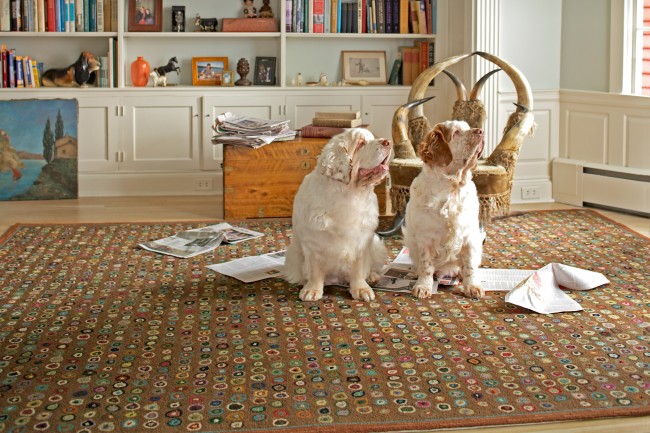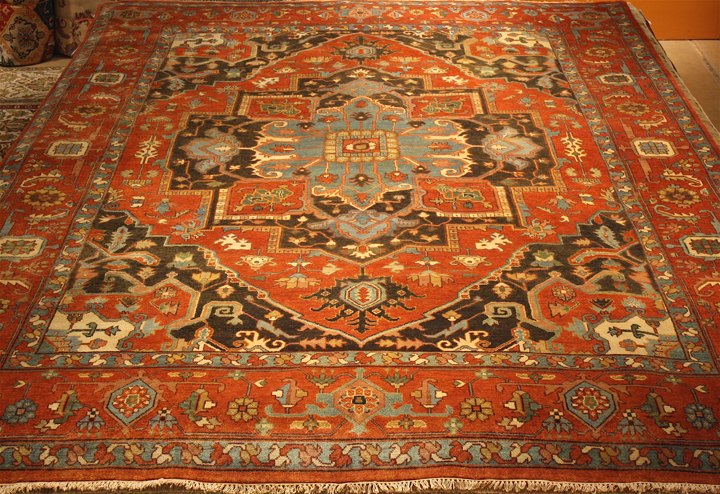Oftentimes after purchasing with us, our customers have questions about the cleaning and care for their new rug. Most are surprised to learn that these rugs seldom require professional cleaning, and most spots can be cleaned with a little warm soapy water and a simple washcloth. The following is a guide to lifting common stains, shared with us by our friends at Atiyeh Bros. Rug and Carpet Cleaning.
You may need one of the following four solutions, depending upon the stain:
1. Neutral Detergent Solution: One teaspoon of a mild hand dishwashing detergent to one cup of water.
2. Detergent/Vinegar Solution: Add one teaspoon of white vinegar to the detergent solution above.
3. Ammonia Solution: One tablespoon of household ammonia to one cup of warm water. Refrain from using a stronger ammonia solution on strong carpet.
4. Dry cleaning solvent. Energine, for example.
Test the solutions on a small, inconspicuous area. Then work from the outer edge toward the center.
Alcohol/Wines: Blot up the surplus spillage. Use detergent/vinegar solution. Work from the outer edge of the stain, using a little at a time and blotting up with dry cloths frequently.
Blood: Scrape up excess with a blunt knife. Use detergent solution, starting at the outer edge and blotting dry. Follow with ammonia solution, blot dry.
Chewing Gum: Scrape up with a blunt knife. Use dry cleaning solvent, followed by Detergent/Vinegar solution. Blot dry.
Chocolate/Fruit: Scrape up excess with a blunt knife. Use detergent solution, starting at the outer edge and blotting dry. Follow with ammonia solution. Blot dry.
Coffee/Tea: Blot up surplus spillage. Use detergent solution, starting at the outer edge and blotting dry. Follow with ammonia solution. Blot dry.
Grease/Nail Polish/Wax: Scrape up with a blunt knife. use Dry Cleaning Solvent, followed by Detergent/Vinegar solution. Blot dry.
Milk: Blot up the surplus spillage. Use Detergent solution. Work from the outer edge of the stain using a little at a time and blotting up with dry cloths frequently.
Urine: Blot up the surplus spillage. Use Detergent/Vinegar solution. Work from outer edge of the stain, using a little at a time and blotting up with dry cloths frequently.
For general care and maintenance of a wool rug, these tips are guaranteed to help you keep your rugs beautiful for a lifetime.
1. Use an up-right vacuum with a brush attachment for pile carpet. A suction-only vacuum may be required for loop pile flat weave rugs to prevent excessive fuzzing.
2. Empty the vacuum cleaner dust bag when it becomes half full.
3. Change the filters in your heating and air conditioning systems regularly.
4. Place absorbent mats at the most frequently used entrances to your home. Change or clean them when they become dirty.
5. Clean heavy traffic areas and floors in front of frequently used chairs periodically with an absorbent powder.
6. Keep absorbent cloth or paper towels and cleaning solutions on hand for quick response to spills and accidents.
7. Do NOT apply stain repellent treatments containing silicone because they will accelerate soiling.
8. When having your rug cleaned, use a reputable company and check references.
Watch out for moths. Spring is the season when they become the biggest problem. They are small and hardly noticeable but are the same little pests that raid the food pantry and the coat closet. They damage the rug in their larval state. Moths lays eggs in the wool and then as larva, they feed on the wool fibers, eating through it and leaving behind what looks like a web. They can eat through a rug in a matter of weeks. However, moths do not infest rugs that are in regular use. They like to be in dark places and seek out stored rugs or unused furniture. As long as you vacuum your rug regularly, moths should not be a problem. That means also vacuuming underneath your couch and other furniture that may be on top of your rug.
If you are storing rugs and furniture, always clean them first. Take the time to move stored rugs around from time to time to prevent moths from settling. To look for moth damage or activity on rugs, check the backside along the perimeter. (It’s good to check rugs you aren’t storing, too.) It is also good to check the entire backside of the rug for signs of moths. If you find that there are larva or there is damage, you need to kill the moths immediately with a vacuum. You should use moth crystals or moth traps. Always clean your rug before storing it as moths need certain nutrients in the wool to survive that will be diminished after a good cleaning. After cleaning it and airing it out, seal the rug in an airtight container with moth crystals for at least two weeks. This ensures that the larva will die and your rug will be safe and not further destroyed.
If you aren’t sure what moth damage looks like, this is an example of what the larva casings look like after they have hatched and are living in the wool. (Photo from rugmaster.blogspot.com)
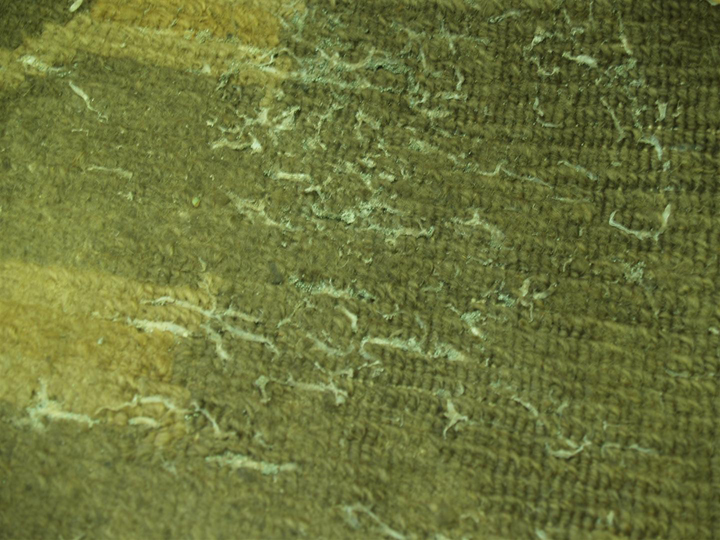
If the larva are not found then they will eat away the wool revealing the foundation of the rug, pictured below.

If you do find moths, take action immediately. You will save your rug and your money. Keeping your rugs clean is the best defense against insect and spill damage.

